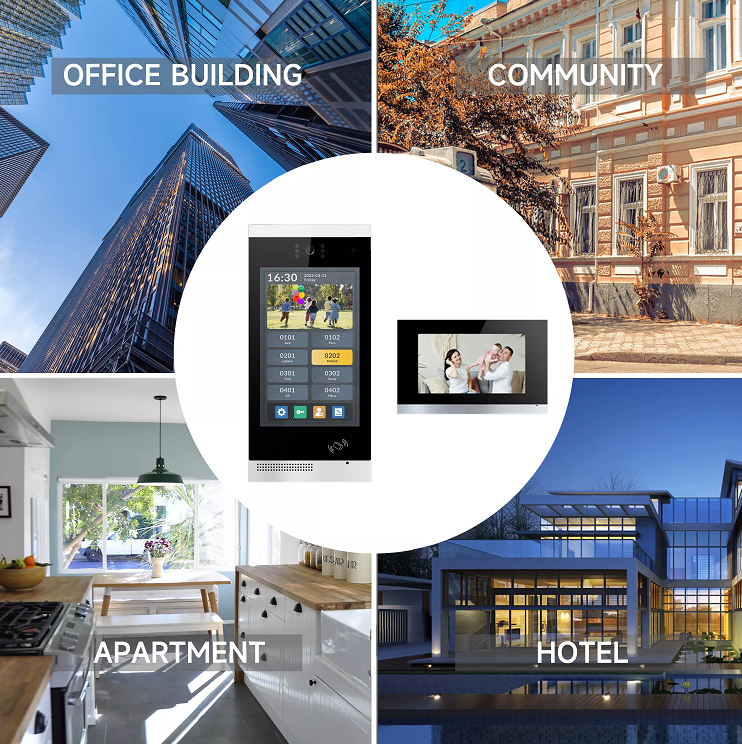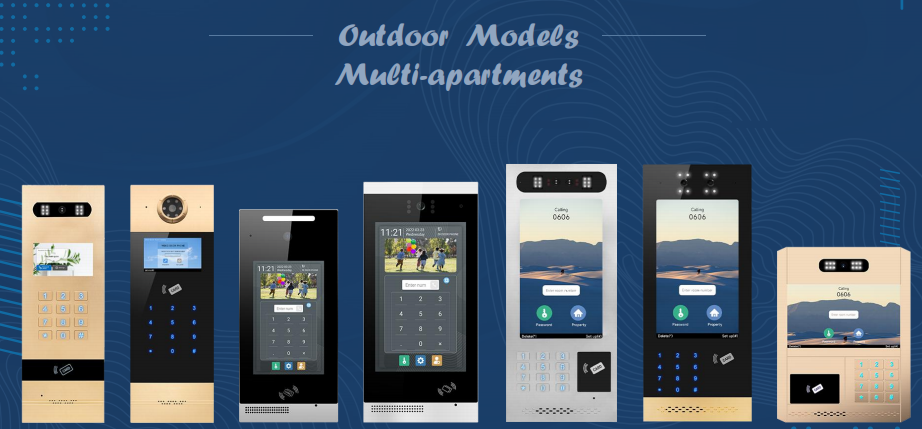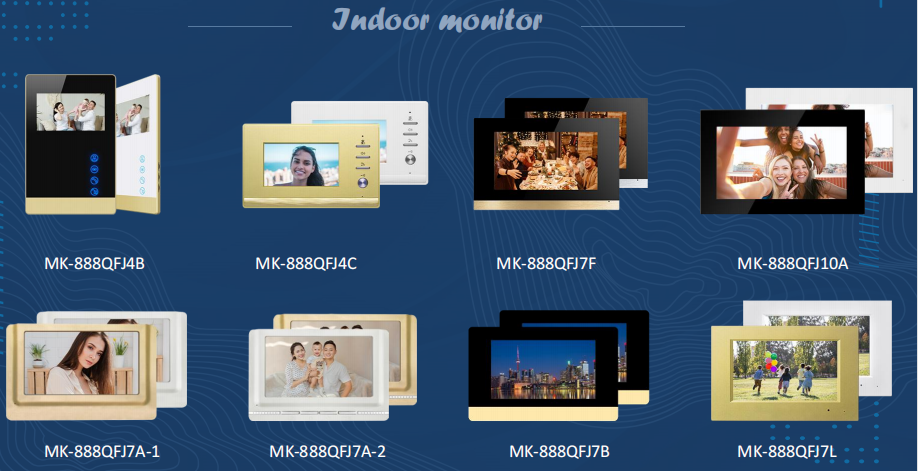Science: It is newly discovered that many animal cells can also elongate like neurons and form synapses with each other.
Summary: Dr. Thomas B. Kornberg, a professor of biochemistry at the University of California, San Francisco, and a senior researcher, said: "This mechanism is similar to the way neurons communicate with other cells. The general view is that non-neuronal cells are mainly The signaling proteins excreted into the extracellular fluid, hoping they find the right target." Using Drosophila living tissue to conduct research, Kornberg and his team confirmed that the cells grew a cytoplasmic elongated tubular structure called cytoneme. Kornberg said: "Before exposure to targeted cells, they can extend across 50 or 100 cells. The point of contact between Cytoneme and the target cell acts as a communication bridge between the two cells." "It was known a long time ago that neurons communicate in a similar way - long-distance conduction impulses in long tubes called axons, transmitting signals at contact points called synapses. However, people have been This signal pattern is thought to be unique to neurons. We now show that many animal cell types are equally capable of elongating and forming synapses between each other, using signal proteins instead of neurotransmitters and electrical impulses utilized by neurons. As a unit of information. “In the 100 years of research work and thousands of scientific papers, people simply think that these proteins move from one cell to another through the extracellular fluid. So this is a completely different way. Think about the signaling mechanism in your organization." Using the cell-generating and signaling protein Decapentaplegic (Dpp) on the wings of Drosophila, Kornberg and the team confirmed that Dpp is transported at the site where cytoneme forms a junction between cells, and cytoneme is a conduit for Dpp to move between cells. Scientists have discovered that the contact points have the characteristics of synapses formed by neurons. They have demonstrated in genetically engineered Drosophila that lacks synaptic protein that cells cannot successfully synapse or transmit signals. Kornberg said: "In the mutant, the target cells do not receive signals and the signal conduction is blocked. This confirms that direct contact is a necessary condition for signal transmission, signal reception and signal transmission." Kornberg said that the main reason for not observing or studying animal cells cytoneme in the past is that these structures are too fragile and they cannot survive with traditional laboratory imaging cell preparation methods. “In the past 10 years, great technological progress has been made, and some new technologies in genetic engineering, new microscopes with improved resolution and sensitivity of living cells, and fluorescently labeled proteins capable of attaching to the target protein have been developed. ." Using these new technologies, Kornberg and the team captured vivid images and images of fluorescent signaling proteins that are moving through fluorescently labeled cytoneme. "We don't say that cells always use cytoneme to transmit signals. For example, hormones are another means of long-distance cell signaling. Cells that take insulin don't care where insulin comes from -- from the pancreas or intravenously However, there are special signal types, such as signals transmitted between stem cells and surrounding cells, or signals that determine tissue growth, patterns, and functions, and must accurately determine the characteristics of the communicating cells. These signals are in the cellular environment in which they are generated. It is important to be received." Kornberg pointed out that observations from other research groups suggest that cytoneme-based signals may also occur between stem cells and cells that give instructions to them. Cancer cells may also use this method to communicate with their neighbors. “The discovery of animal cells cytoneme and their role in long-distance signaling has opened up wonderful biology that we know very little about in this area. For example, how do these cytonemes find their targets? How do they know when to find them? The target? There are some problems we are exploring," Kornberg said. Original summary: Source: Science
Intercom system with tuya is an intercom system that realizes remote operation on the mobile phone. When the customer uses the Tuya Intercom system, the visitor calls his or her friend's apartment on the Video Door Phone system, the traditional intercom mode can only receive calling information on the Indoor Monitor which is in the apartment. But if you uses our intercom system with tuya, the users only need to download the tuya application on their mobile phone and connect with our video door phone , they can receive the visitor's calling information, even if they are in travel, office, etc.,They will receive the visitor's call information at the first time, and intercom with the visitor. If the visitor is their friend or family member, users can also remotely unlock the visitor on the mobile phone, and then visitor can enter the building or house.
Sounds incredible, right? Then let me know more specifications and functions together!
Our Intercom system with tuya uses high-definition screen and a hard aluminum housing with HD cameras. The camera can detect face information and open doors. It is full touch screen , so customers can operate like our mobile phones, which is very simple and convenient. At the same time it compatibles with and face recognition .RFID swipe card.tuya application and so on to open the door . Usually used for renovation of old communities, apartments and hotels, etc.
The following are the parameters of our AZZJ10D for your reference:
1. 10.1 inch 720 HD display TCP/IP Intercom system
2. Calling, intercom, unlocking, monitoring (golden & silver optional)
3. High quality aluminium alloy frosted panel + high-end glass lens + touch screen
4. Digital camera, stable and clear image shooting
5. Night vision and bright light compensation function
6. Full duplex voice intercom, comparable to ordinary telephone intercom
7. Android system ,ARM CPU, TUYA App (support Android and IOS system)
8. LPDDR3 1 GB memory, standard EMMC 8 GB storage expandable
9. RJ45 standard ethernet interface all-digital design
10. Low power consumption technology solution, saving energy and long life span
11. Dimension:348*169*47.5(mm)
12. Install method : Wall/flush install (335*158*47.5 mm)
13. Image/video advertising playback (UI display can be customized)
14. Door opening:IC/ID card/ password/ face recognition/ mobile phone
We have a variety of designs for Intercom system with tuya, different sizes, different keys, etc., you can refer to our pictures,
We have been focusing on independent research and development of intercom system with tuya
since 2011. We have professional reach and devolve team to serve you, and we can provide you with professional products and services, If you need more information about our factory or intercom system, please do not hesitate to contact us, we are very honored to share catalog with you.
Intercom System With Tuya,Tuya Intercom,Video Door Phone System,Tuya Video Intercom Zhuhai Mingke Electronics Technology Co., Ltd , https://www.mingke-tech.com
Researchers at the University of California, San Francisco found that many animal cell types are equally capable of elongating and forming synapses between each other, using signal proteins instead of neurotransmitters and electroporation used by neurons as information units. This research finding directly challenges the universal animal cell communication biology model. Related articles were published in the January 2, 2014 issue of Science.
Kornberg said: "I think the only strong experimental data at the moment shows that these signaling proteins move from one cell to another through the Cytoneme at the point of contact."
Cytoneme-Mediated Contact-Dependent Transport of the DrosophilaDecapentaplegic Signaling Protein
Sougata Roy, Hai Huang, Songmei Liu, Thomas B. Kornberg
The Dpp that cytonemes receive moves together with the activated receptors toward the recipient cell body in Puncta. Genetic loss-of-function conditions for diaphanous, shibire, neuroglian and capricious perturbed cytonemes by reducing their number or only the synapses they make with cells they target; and reduced cytoneme-mediated transport of Dpp and Dpp signaling. Essay that cells use cytonemes to exchange signaling proteins, that cytoneme-based exchange is essential for signaling and normal development, and that morphogen distribution and signaling can be contact-dependent, requiring cytoneme synapses. 


